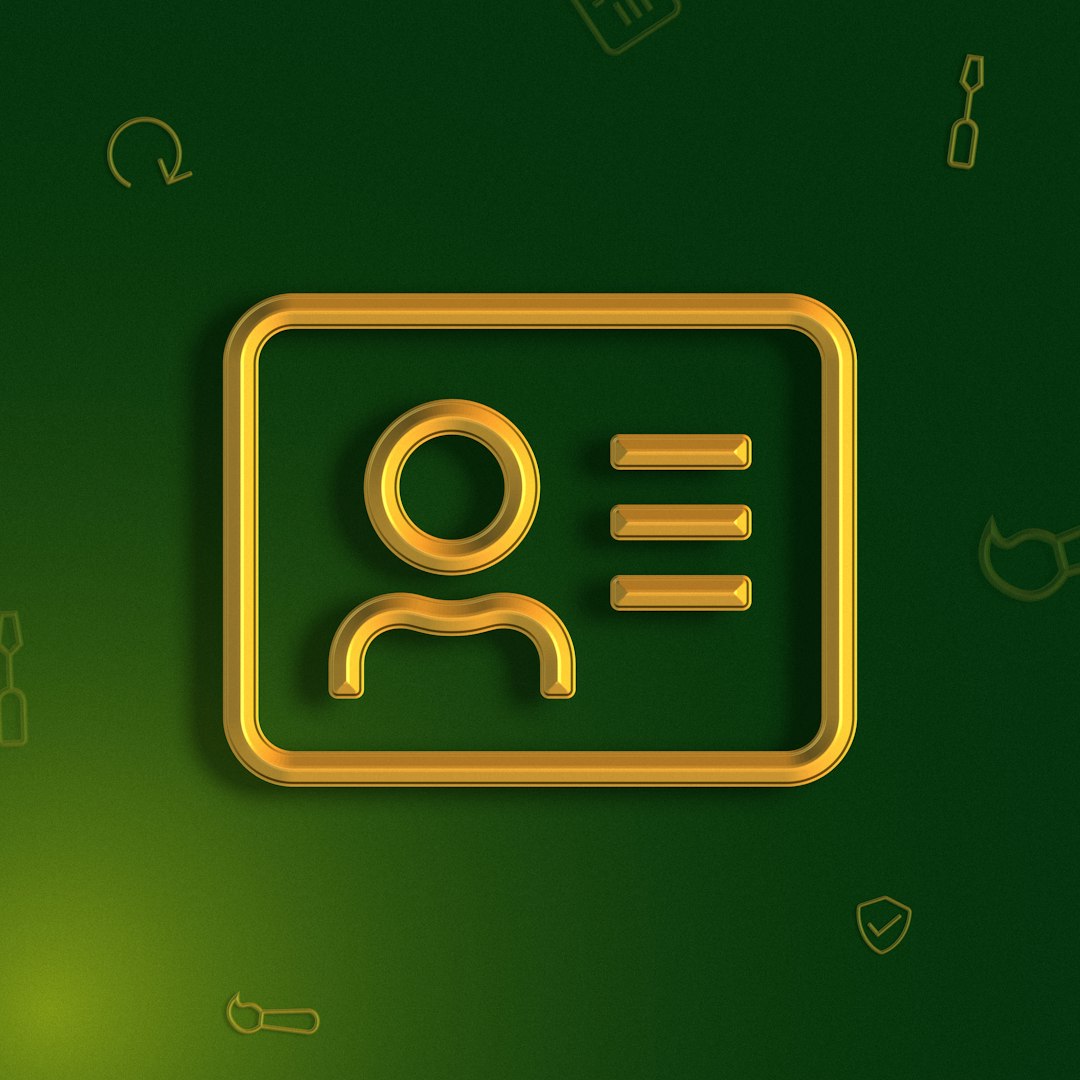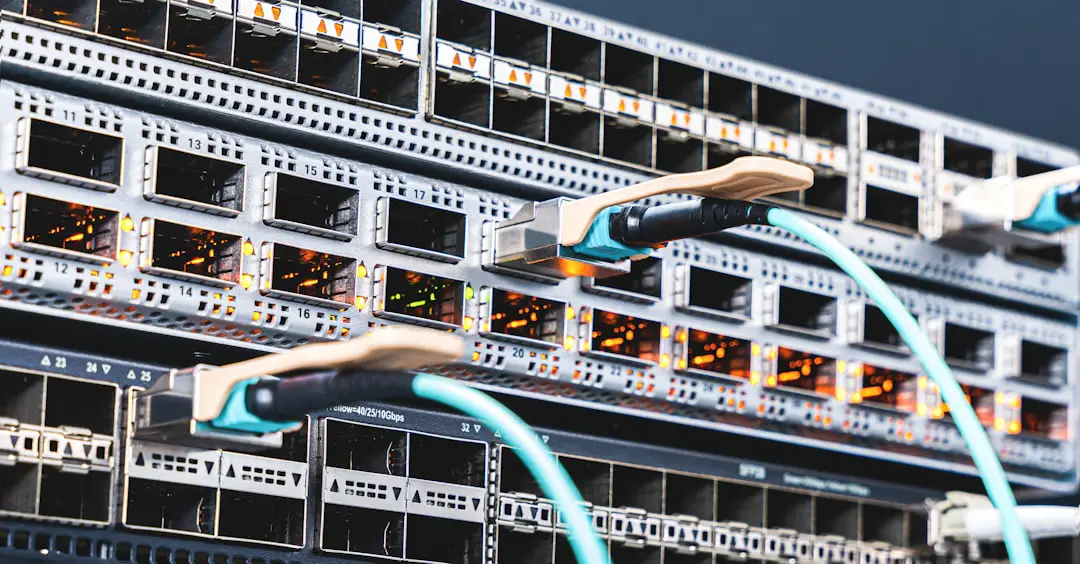When it comes to search engine optimization (SEO), indexing plays a crucial role in visibility and rankings. Getting content indexed faster can mean quicker results, which has led to the rise of rapid indexer tools. These tools promise to speed up the process of getting web pages noticed by search engines. However, the aggressive approach of these tools can conflict with established SEO best practices, putting websites at risk of penalties or temporary de-indexation. It becomes essential for site owners and SEO professionals to understand the implications of using rapid indexer tools versus following traditional, sustainable indexing methods.
What Are Rapid Indexer Tools?
Rapid indexer tools are software applications or online services designed to get new or updated web content listed in search engine indexes quickly. They typically operate by sending pings to blog aggregators, leveraging web 2.0 sites, or submitting URLs directly to search engines. While this can lead to near-instant indexing in some cases, it often involves aggressive crawling behaviors or unnatural submission patterns.

These tools appeal to webmasters who manage large websites, affiliate networks, or niche content farms. By flooding search engines with URL signals, they aim to trigger faster visibility without waiting for the organic crawling cycle.
Understanding Indexing in SEO Best Practices
Search engine crawlers, such as Google’s Googlebot, use structured crawling mechanisms to discover and index web pages. This process prioritizes:
- High-quality content
- Clean website architecture
- Relevant internal and external linking
- Regular updates and posting frequency
Rather than mass-submitting URLs or manipulating ping services, SEO best practices focus on creating an environment conducive to natural crawling. This includes using proper sitemaps, robots.txt configurations, schema markup, and ensuring fast load times.
The Risks of Using Rapid Indexer Tools
Though rapid indexer tools may produce short-term success, several risks can compromise a site’s SEO health:
- Search Engine Penalties: Excessive pinging or overuse of automated submissions can be flagged as spammy behavior, potentially leading to manual actions or algorithmic devaluation.
- Index Bloat: Indexing low-quality or irrelevant pages at scale can create index bloat, which confuses search engines about your site’s core content. This weakens domain authority and relevance.
- Temporary Visibility: Rapid indexing does not guarantee long-term rankings. Pages quickly indexed without genuine value often get removed just as fast.
- Server Strain: Multiple crawlers triggered by indexer tools can cause performance issues, especially for sites with limited server resources.

Rate Limits and API Constraints
Platforms like Google Search Console offer URL submission features, but they operate under strict rate limits to avoid misuse. For example:
- The URL Inspection API allows limited daily submissions (up to 200 URLs per day per property).
- Manual submissions within the Search Console also come with internal thresholds to prevent abuse.
- Third-party indexing APIs must comply with fair usage and anti-spam policies.
Rapid indexer tools often bypass or ignore these constraints, putting user accounts or site health at risk. Once limits are breached, future legitimate submissions may be deprioritized or denied entirely.
The Case for Sustainable Crawling
Rather than relying on shortcuts, modern SEO strategies emphasize sustainable crawling. This involves optimizing how and when search engines access content. Key principles include:
- Sitemap Management: Keeping XML sitemaps current and submitting them through search engine portals ensures systematic discovery.
- Robots.txt Control: Carefully instructing bots about what to crawl and what to ignore prevents unnecessary scanning and server overload.
- Structured Data: Using schema markup helps search engines better understand page content, increasing crawl efficiency.
- Server Response Optimization: Fast and error-free responses encourage bots to return more frequently.
Balancing Speed with Quality
There’s an increasing demand to get content indexed faster, especially in competitive niches or time-sensitive industries like news and ecommerce. However, speed must be balanced with content quality and crawl integrity. Best practices recommend:
- Using high-authority backlinks to signal content relevance.
- Posting unique and valuable content to naturally attract attention.
- Monitoring crawl stats in Google Search Console and Bing Webmaster Tools.
- Capitalizing on social signals without resorting to automation.
In some cases, a limited and strategic use of rapid indexer tools may be acceptable—for example, submitting a high-value blog post or a new product page during a launch. However, this should never replace a long-term indexing strategy.
Search Engines Are Getting Smarter
Modern search engines use machine learning and intent-focused algorithms to prioritize pages. Index priority is often given to pages that:
- Receive organic links from other reputable sources
- Demonstrate user engagement metrics (low bounce rates, high dwell times)
- Cover trending or frequently searched topics
Flooding index requests doesn’t fool these systems. In many cases, it leads to delays because the crawling budget is exhausted on less relevant content. Strategic content creation and technical optimization remain the best long-term routes.
Conclusion
Rapid indexer tools can provide temporary visibility but often at the expense of long-term SEO health. They may violate rate limits, cause server strain, or trigger search engine penalties.
On the other hand, sustainable crawling strategies—supported by optimized architecture, relevant content, and proper technical implementation—build authority and trust over time.
For businesses and site owners aiming to grow steadily in search rankings, it is advisable to view rapid indexing as a supplement, not a substitute, for sound SEO practices.
Frequently Asked Questions (FAQ)
- Q: Is it safe to use a rapid indexer tool occasionally?
A: Used sparingly and strategically, rapid indexers might help for time-sensitive content. However, consistent reliance can risk your SEO health. - Q: How long does it take for content to be indexed with best practices?
A: With proper technical SEO and authoritative signals, indexing can occur within hours to a few days. It varies based on site authority and crawl frequency. - Q: Can rapid indexer tools cause a penalty from Google?
A: Yes, especially if they create a spammy footprint or violate terms of service. This might lead to reduced crawl rates or even de-indexing. - Q: What’s a better alternative to rapid indexing?
A: Implementing structured data, ensuring quality content, submitting updated sitemaps, and earning backlinks are sustainable ways to enhance index speed. - Q: Do indexer tools respect rate limits like Google’s URL Inspection API?
A: Most third-party tools do not follow official rate limits, which can cause issues with your indexing privileges and site reputation.
